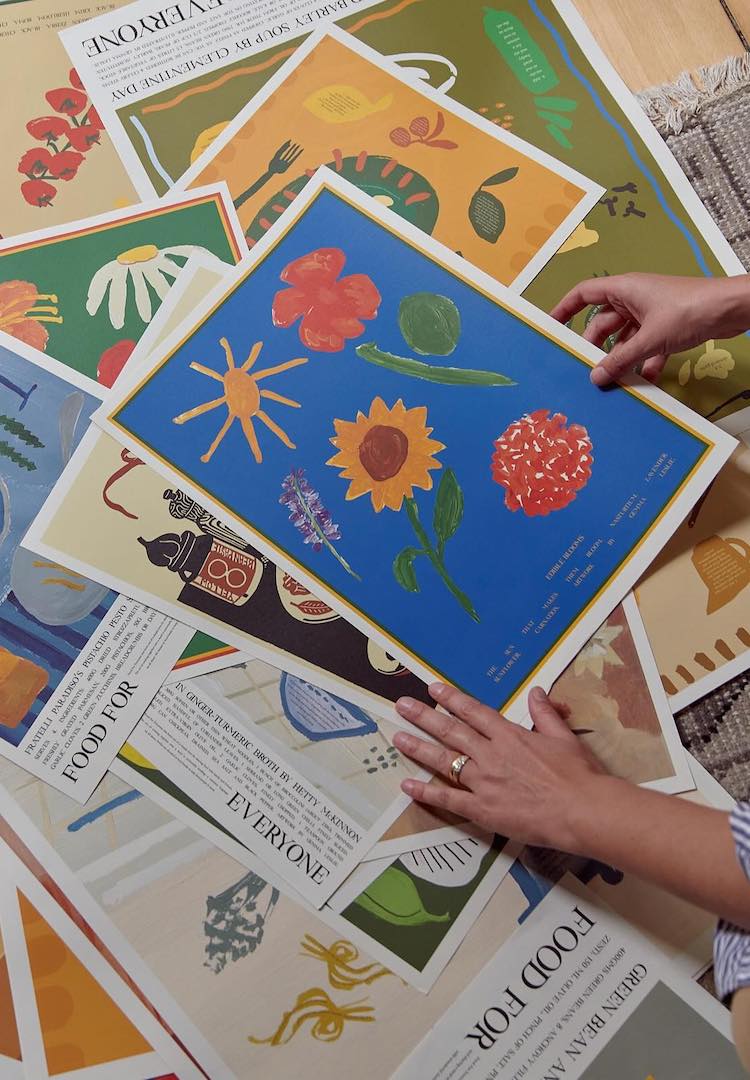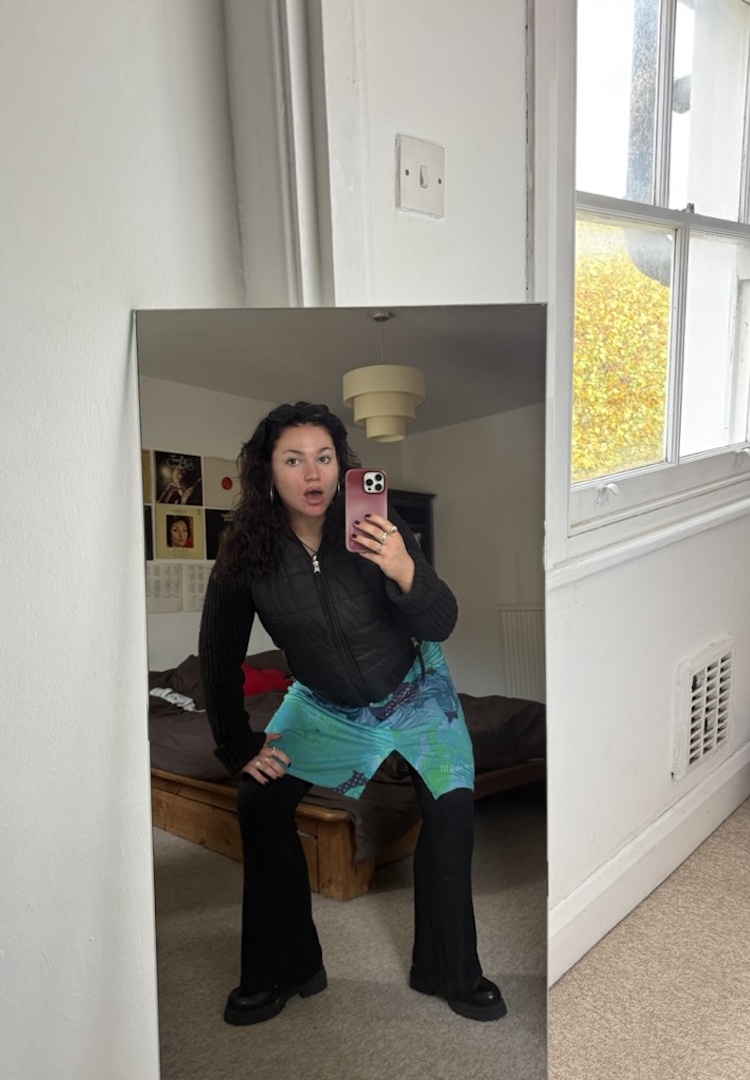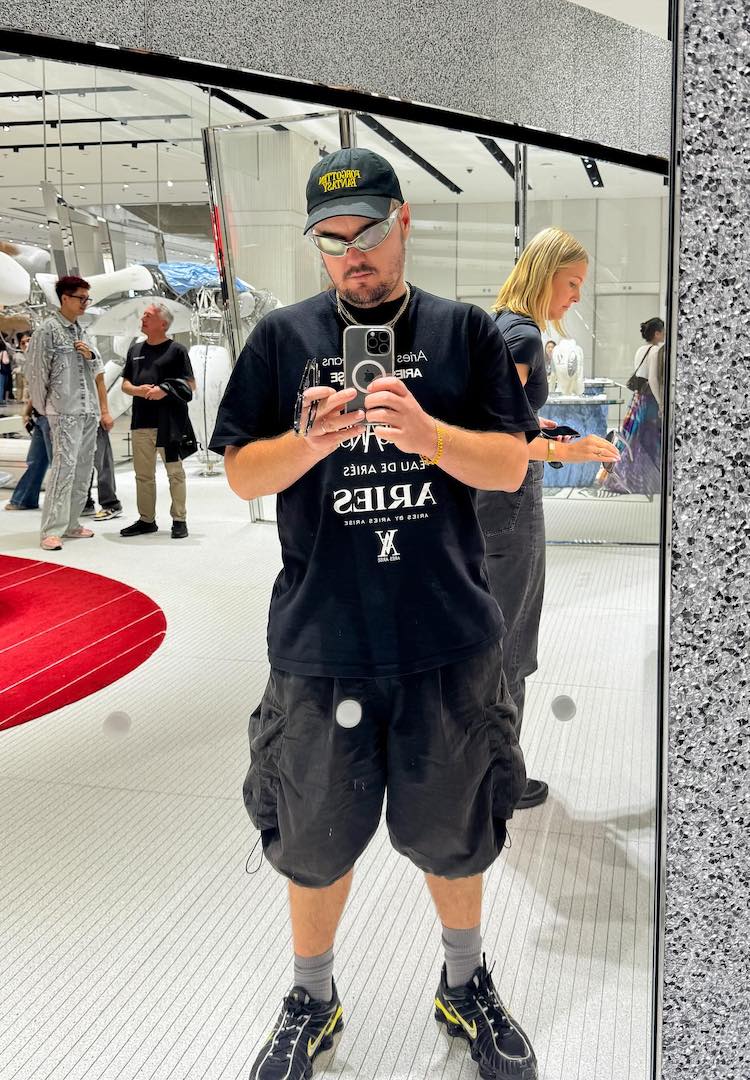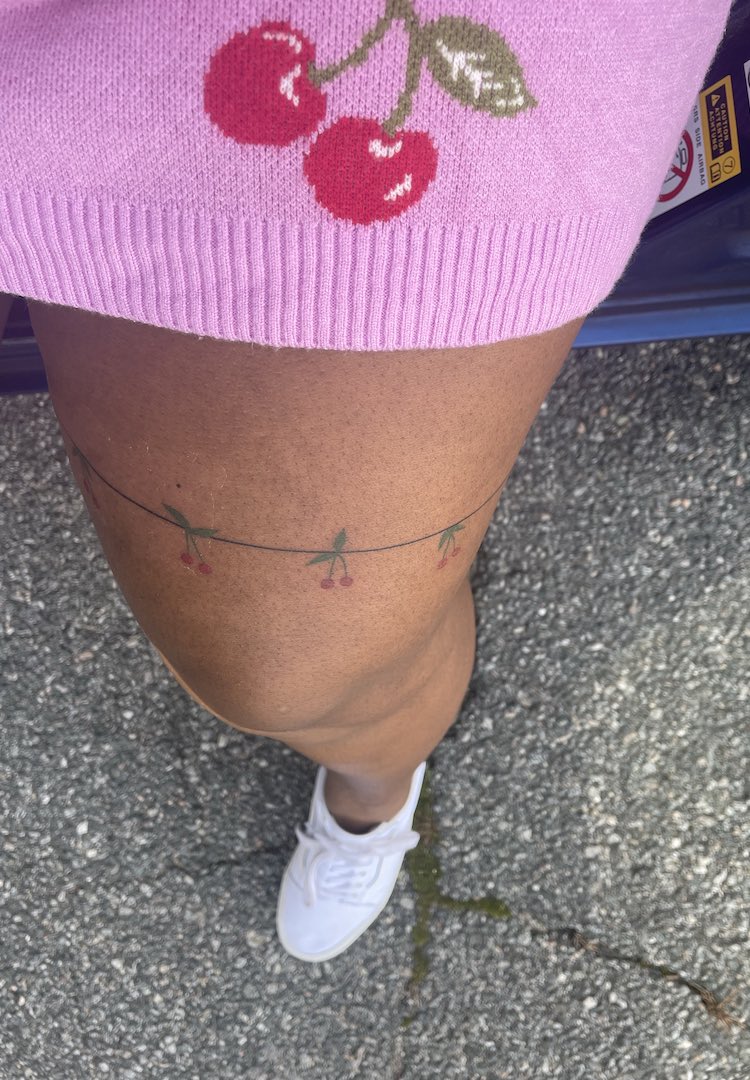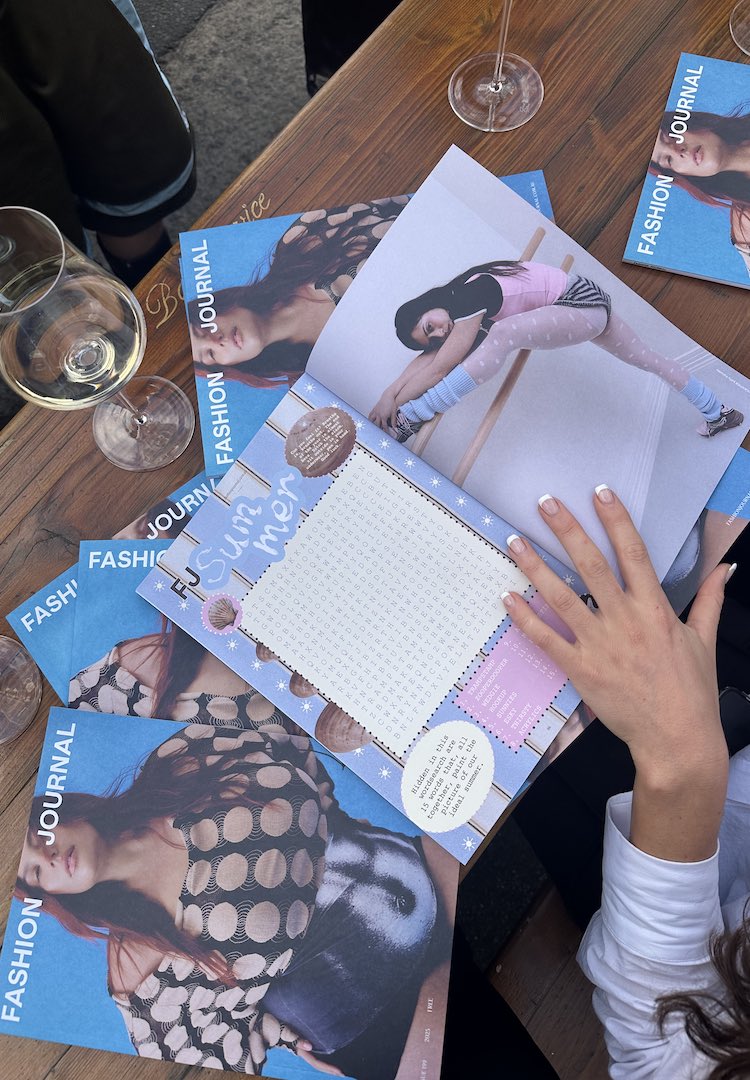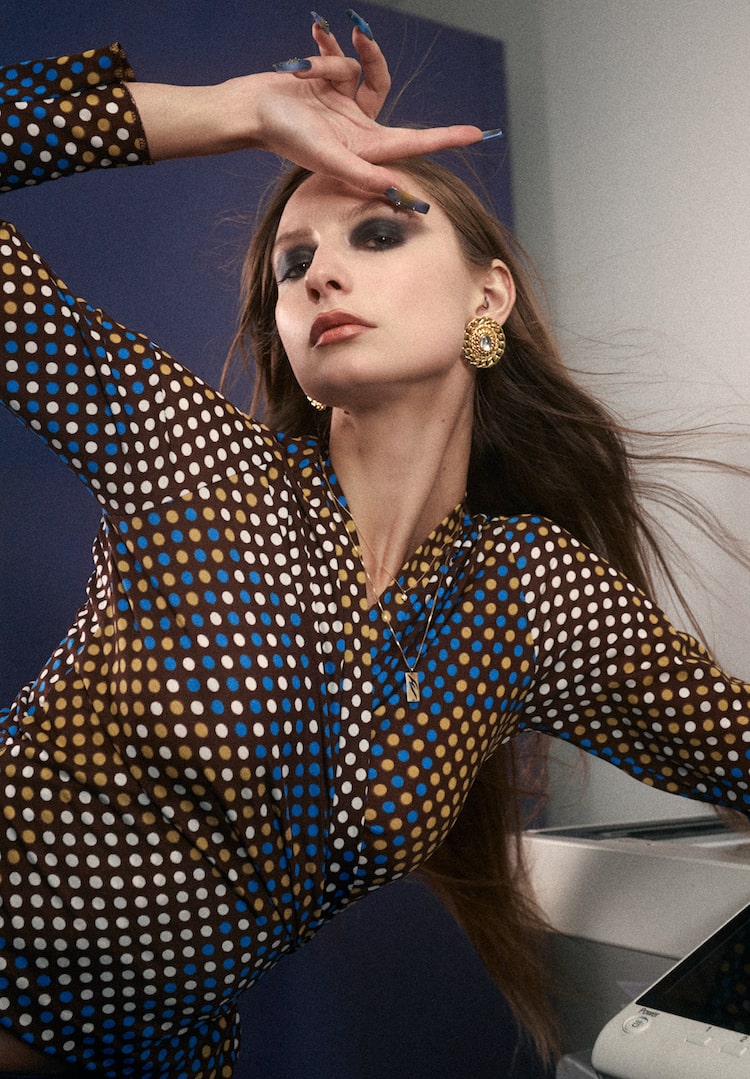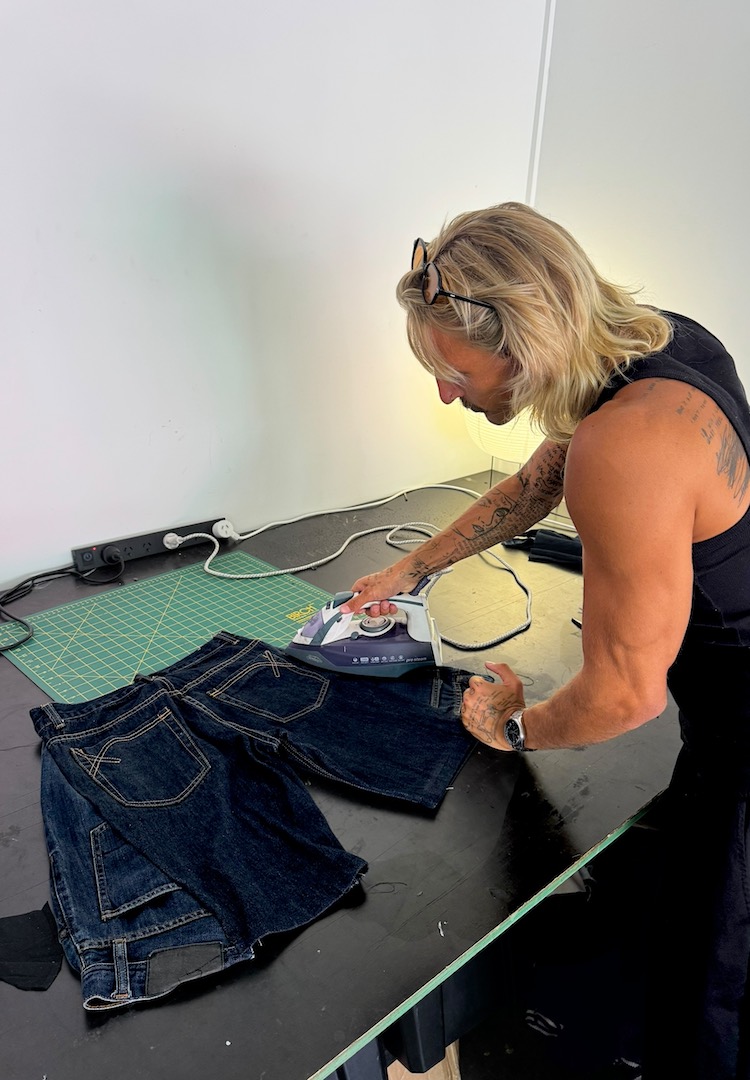How Mikaela Stafford became a (very) successful self-taught 3D artist
Photography by Sam Wong
Words by Daisy Henry
“I don’t think I was prepared or had the tools to emotionally manage the growth at times.”
Have you ever stalked someone on LinkedIn and wondered how on earth they managed to land that job? While the internet and social media might have us believe our ideal role is a mere pipe dream, the people who have these jobs were, believe it or not, in the same position once, fantasising over someone else’s seemingly unattainable job.
But behind the impressive titles and fancy work events lies a tonne of hard work. So what lessons have been learnt and what skills have proved invaluable in getting them from daydreaming about success, to being at the top of their industry?
Looking for a new 9 to 5? Head to our Careers page for new listings daily.
Welcome to How I Got Here, where we talk to people who are killing it in their respective fields about how they landed their awe-inspiring jobs. We’re exploring the peaks and pits, the failures and wins, and most importantly, the knowledge, advice and practical tips they’ve gleaned along the way.
This week we sit down with Mikaela Stafford, an Australian-born, Paris-based freelance visual artist who specialises in 3D motion graphics and creative direction. With an impressive line-up of clients, including Mecca, Nike and Penfolds, you’d be surprised to learn she’s entirely self-taught.
View this post on Instagram
Seeing lockdown as an opportunity to upskill, Mikaela set herself a nine-month goal of teaching herself 3D animation (with the help of YouTube). When she reached her February 2021 deadline, she was already working as a full-time freelance animator. This didn’t come without its challenges, though. From navigating burnout and boundary-setting to underquoting for her work, she’s come a long way in learning how to take up space, especially in a male-dominated field.
Now, Mikaela has mastered the art of what every creative person dreams of. Having recently relocated to Paris, she works digitally with brands, galleries and other artists, all across the world. “Not being bound to any particular physical space has really changed how I’m able to think about my future and the opportunities ahead,” she says.
View this post on Instagram
Hi Mikaela! Tell us a little about who you are and what you do.
I’m a freelance visual artist specialising in 3D motion graphics and creative direction. My practice has a particular interest in the intersections between digital and physical realms so I often exhibit my work in public art contexts, gallery exhibitions and live events. Additionally, I often do animated brand collaborations for various campaigns around the world.
Take us back to when you were first starting out. Did you go to art school?
Before the lockdowns, I was working as a stage designer and installation artist. Like many people during this time, I decided to pivot into more of a digital space and used the time throughout isolation as an opportunity to upskill. I was on Jobkeeper at the time and knew there was likely never going to be a time where I would get time off and government support like this again. In saying that, I had almost no experience with design programs so I really started from the bottom.
View this post on Instagram
I taught myself Adobe and 3D animation software (Cinema 4D) at the same time from YouTube. I was on my computer watching tutorials almost every day and treated it like a full-time job. The software definitely didn’t come very intuitively to me at first so I had to spend extra time learning, but after about four months of frustrated tears over the keyboard, I started to get my head around it and could start to see some progress.
My background in stage design definitely helped my learning as there are many overlaps in spatial and lighting design rules that are applied in 3D animation. I initially started learning this software because I thought I would use it as a tool to conceptualise and pitch more ambitious stage designs but over time, I decided to take it down more of a visual art path.
I started learning in May 2020 and I gave myself the deadline of February 2021 to be working full-time as a freelance animator and that’s what happened! I initially started growing a following because of my connections in the Melbourne and Sydney music scene – I was making club and festival posters for Instagram and people’s websites which helped me develop a personal style over time.
I eventually started being approached for various public art projects and global campaigns for brands locally and abroad. These opportunities made it possible for me to move to Paris this year and work on projects across Europe and America as a freelancer.
View this post on Instagram
You sound incredibly driven! What challenges have you faced getting to where you are now?
I honestly think the biggest challenge I’ve faced has been managing my own brain. I’ve been incredibly fortunate to have been able to grow my artistic practice and business the way I have but I don’t think I was prepared or had the tools to emotionally manage the growth at times.
I’ve never really had a creative mentor or person to guide me on running my own business so it’s been a lot of learning on the go, which ultimately has resulted in plenty of mistakes along the way. Things like over-committing and working myself into burnout, boundary setting because I didn’t understand I actually could say no, underquoting because I didn’t believe in the value of my work… the list goes on.
I’ve had to learn a lot about taking up space and being confident in my discernment so that I can be a better artist, peer and person. It’s something I feel really passionate about and hope to help continue to offer as much guidance as I can to others who might be going through similar challenges. In saying that, it does bring me a lot of pride to have come this far with very limited guidance.
View this post on Instagram
What do you want people to know about your industry?
Something I’m continuously and pleasantly surprised by in the 3D motion industry is how supportive and encouraging the community is. It’s very common for artists and creative technicians to be self-taught, so I think there is an inherent shared appreciation for the dedication and technical skill required to do the work we do.
When I first started, I was a bit intimidated entering the space given it’s so heavily male-dominated, but for the most part, I’ve been warmly welcomed and supported by my peers which has been incredibly encouraging. The space is also evolving and we’re starting to see more femmes enter the space which is super exciting.
View this post on Instagram
What’s the best part about being a freelance artist?
Freedom! As a freelancer, I love being able to choose the projects I want to work on instead of being assigned them. I enjoy the flexibility of the hours I work, some days I’m just not in the mood and I like that I can make up for lost time when my body feels like it’s ready to work.
I suppose being a ‘digital nomad’ also means I have infinite options of where I can live and how I can work. The only things I need to do my job are my computer and a desk which is unique to a job like mine. Given my artistic output is digital, I’m able to work collaboratively with other artists, design studios, brands and galleries from all over the world easily. Not being bound to any particular physical space has really changed how I’m able to think about my future and the opportunities ahead.
View this post on Instagram
What would surprise people about your role?
I think if people really understood how frustrating and precarious motion software can be, they would be shocked. Depending on the scale of a project, animators are often faced with an endless pile of unforeseeable problems that need to be worked through. And that can be pretty soul-crushing at times.
These technical problems are often incredibly time-consuming and complex to figure out, so the perseverance required sometimes goes wildly unknown to clients or the public. This is another reason why I think the community is so supportive – we’re all in the trenches together which is a nice feeling in the end, I guess!
View this post on Instagram
What skills have served you well as an artist?
I’ve found that public speaking skills have become increasingly important. I’ve been invited to speak at various workshops, panel discussions and design conferences and although I am often extremely nervous before presentations like these, it’s been an important way for me to delve deeper into the reasons why I do the work I do. It’s helped me ask myself questions like: Why is what I’m doing important? Who is it helping? What impact is this having? Where is this all heading?
What advice would you give to someone who wants to be in a role like yours one day?
Try your best to develop a style or expression that is distinguishably yours. Try and create something that can’t be replicated and clearly has your signature on it. Stay away from trends and worrying if people will like what you make. I think authenticity really comes through in people’s creations and words, so if you’re making work that you think you ‘should’, it will show. Anytime, I’ve made work that didn’t feel true to me because I was trying to be something I’m not, it’s been quite obvious and I’ve regretted it.
View this post on Instagram
Remind yourself that you’re supposed to enjoy the process, even if it’s frustrating at times. See it as much as an opportunity to play as it is to express yourself – I often forget this and need to be constantly reminded.
What about a practical tip?
If you’re looking for work as a freelancer, don’t be shy to reach out to clients you’d like to work with! Put a portfolio together that is relevant to them and make a case as to why you think you’d be a good fit. Often people don’t know they want the work you’re offering until you introduce yourself.
Worst case scenario, they just don’t reply – but that’s the same outcome as not having reached out at all so, shoot your shot. Rejection is inevitable, don’t take it personally and keep moving forward.
Follow Mikaela here.

